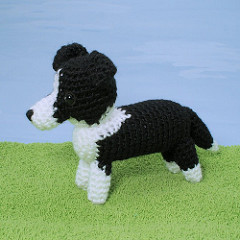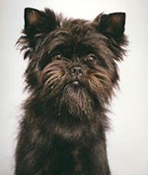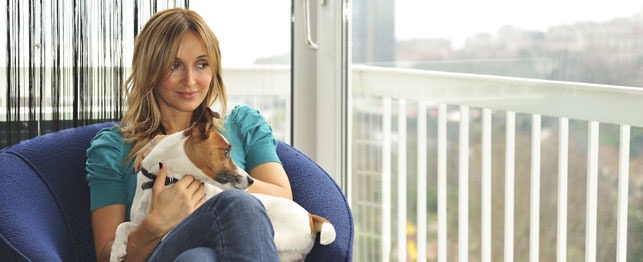Find Someone Who Can Do Professional
Dog TrainingLooking for someone with enough skills to take care of your dog can be a tremendous task especially when a lot of people nowadays are promoting the area of professional dog training. The following is the list of 6 important things you need to look for in selecting a professional dog trainer.
1) A Good Character. Acquire valuable facts and ask your veterinarian, fellow dog owners or the neighboring kennel organizations for their suggestions.
2) Experience. Ask about their qualifications and the duration of their experience.
3) An affection and dedication for dogs.
4) Wide and updated knowledge. Devoted trainers regularly go to courses, conferences, seminars and workshops for dog training and animal behavior in order to bring up-to-date information to their present knowledge and skills.
5) The approach used in dog training and their ways of supervision. A trainer can be considered as an expert if he gives more importance to the welfare of your dog.
6) A participant in dog training associations, organizations and clubs of good standing.
Overall tips on dog obedience
It is best if you make the dog training a positive and pleasant experience for you and your dog. Don't go on with the task if you have no enthusiasm for it. Always give positive reinforcements when your dog is able to instantly obey your commands. You can give treats that your dog likes and will give him the eagerness to learn more. Other kinds of reward are giving toys and verbal compliments. Choose short but frequent training sessions rather than lengthy ones. Avoid doing punishments and other destructive things. It is forbidden to hit, smack or shout at your dog especially yanking on tight collars or worst, electric shocking. You should try your best for every training session to be an enjoyable and constructive one.
A guide in training with the use of head collars
It can bring bad experiences to your dog if jolting on his collar chains is involved in his training. For a few years now, head collars for
dog training has been used by many people. More can be gained in using a head collar over the traditional training collar. You need to initially present the head collar to your dog so he can get used to it and put it in a comfortable fit. Aside from being innate to use, head collars are also efficient in dealing with your dog at hard times.

 Train Your Border Collie Dog With These Helpful Hints
The day your new puppy comes home with you will be filled
Train Your Border Collie Dog With These Helpful Hints
The day your new puppy comes home with you will be filled
 Games for Dogs: Bobbing for Biscuits
Games for Dogs: Bobbing for Biscuits
Games for Dogs: Bobbing for Biscuits
Games for Dogs: Bobbing for Biscuits
 NILIF Behavioral Shaping For Dogs
Why You Should Consider NILIF
Do you have a stubborn, pushy
NILIF Behavioral Shaping For Dogs
Why You Should Consider NILIF
Do you have a stubborn, pushy
 Doggie Play Dates: Are They for Your Dog?
Doggie Play Dates: Are They for Your Dog?
Doggie Play Dates: Are They for Your Dog?
Doggie Play Dates: Are They for Your Dog?
 City Slickers: 5 Tips for Urban Living with Cats & Dogs
City Slickers: 5 Tips for Urban Living with C
City Slickers: 5 Tips for Urban Living with Cats & Dogs
City Slickers: 5 Tips for Urban Living with C